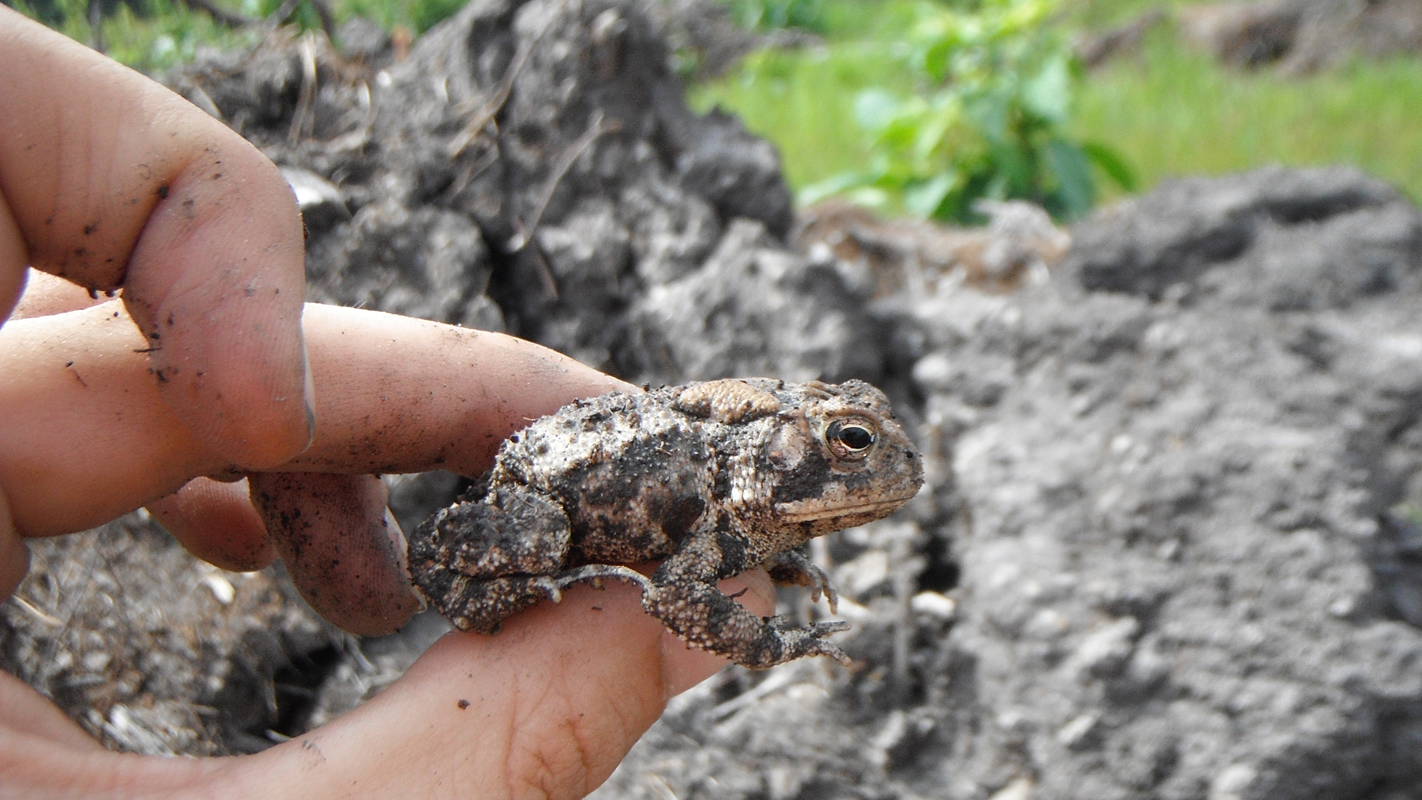Does Biomass Harvest Affect Wildlife?

On loblolly pine plantations in the Southeast, timber harvesting often involves an extra step: gleaning woody debris left behind after clearcutting. Branches, treetops and smaller trees are sources of biomass that can be compressed to make wood pellets, a renewable energy source often used for heating stoves and generating electricity.
Biomass harvesters may leave some of the woody debris on the ground to conserve food and cover for wildlife, but the guidelines they follow vary widely. Recommendations for the amount of debris to be left on the ground range from 10 to 30 percent, depending on the state. Some guidelines recommend creating piles of debris, while others say it should be left scattered across the land.
“We couldn’t determine what data the states were basing their biomass harvesting guidelines on,” says former NC State University doctoral student Sarah Fritts, lead author of studies published in the journals Ecological Applications and Forest Ecology and Management. “We thought it was important to track wildlife on sites that had used recommended operational practices in Georgia and North Carolina.”
Fritts spent four years counting mammals, reptiles and amphibians on clearcut loblolly plantation sites in Georgia and North Carolina. She did in-depth research on how biomass harvesting affected populations of shrews, rodents, southern toads and eastern narrow-mouthed toads.
“We didn’t find significant differences in impact on wildlife based on biomass harvesting treatments, no matter how much biomass was removed following a clearcut or whether it was clustered or dispersed,” Fritts says. “The diversity, evenness and abundance of mammal, reptile and amphibian species generally were similar among all of the treatments.”
The research involved six different treatments: a control, in which no woody debris was removed; biomass harvesting without using retention guidelines; treatments in which 15 percent of the debris was left on the ground and scattered or piled; and treatments in which 30 percent of biomass was left on the ground and scattered or piled.
“We’re working on loblolly plantations that are harvested every 25 years or so, while wildfires used to come through every two to three years in southeastern U.S. forests,” Fritts says. “It seems that critters have likely adapted to changes in habitat. Toads are able to dig in looser soils or hide in ground vegetation, allowing them to survive without a lot of wood on the ground to protect them from desiccation.”
Future studies should examine the effects of biomass harvests on species such as salamanders that need to stay moist to survive, especially in other forest community types like those in the Piedmont and southern Appalachian regions of the South, says co-author Chris Moorman, coordinator of the Fisheries, Wildlife and Conservation Biology Program in the College of Natural Resources and a professor in the Department of Forestry and Environmental Resources.
- Categories:


